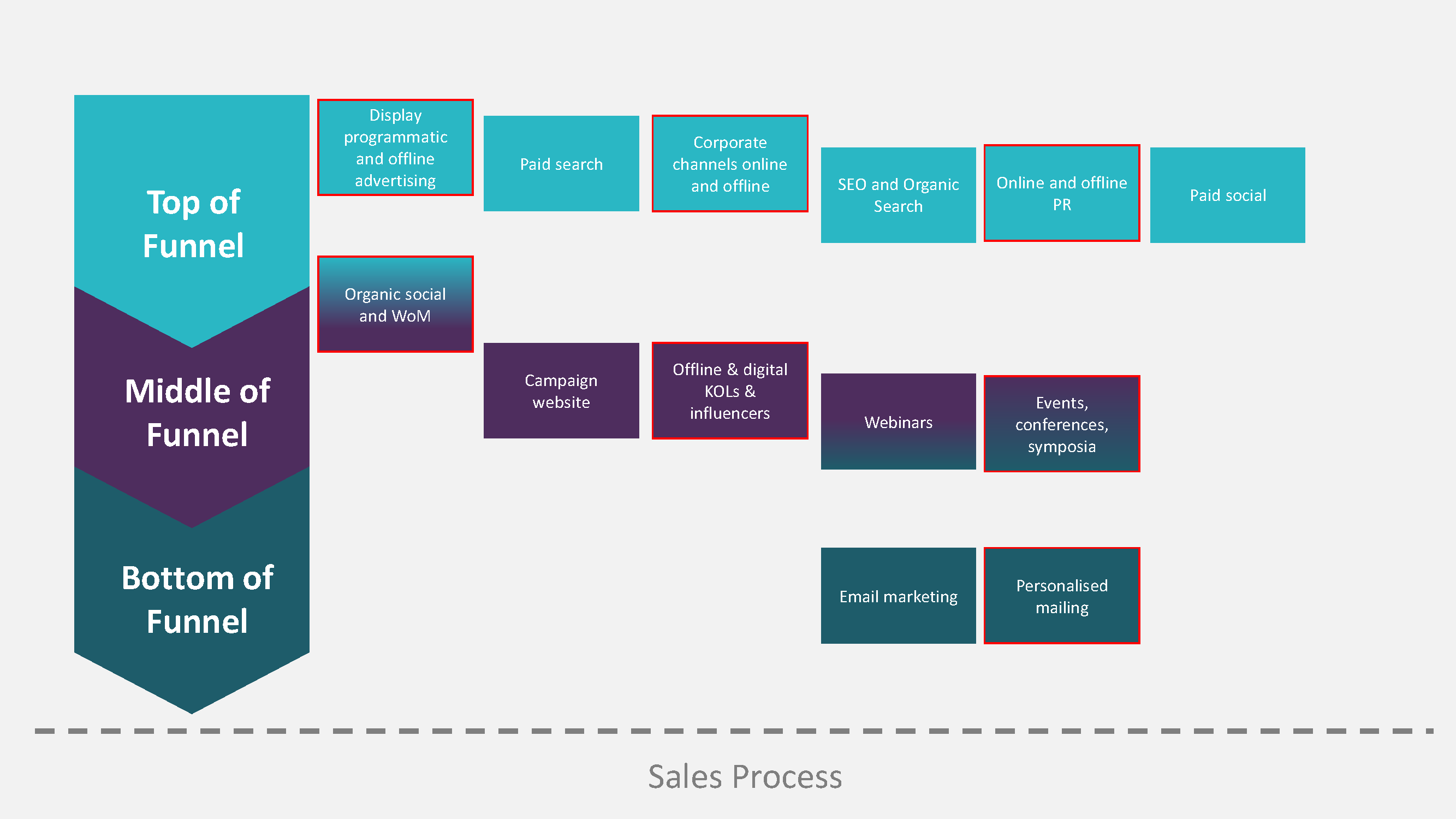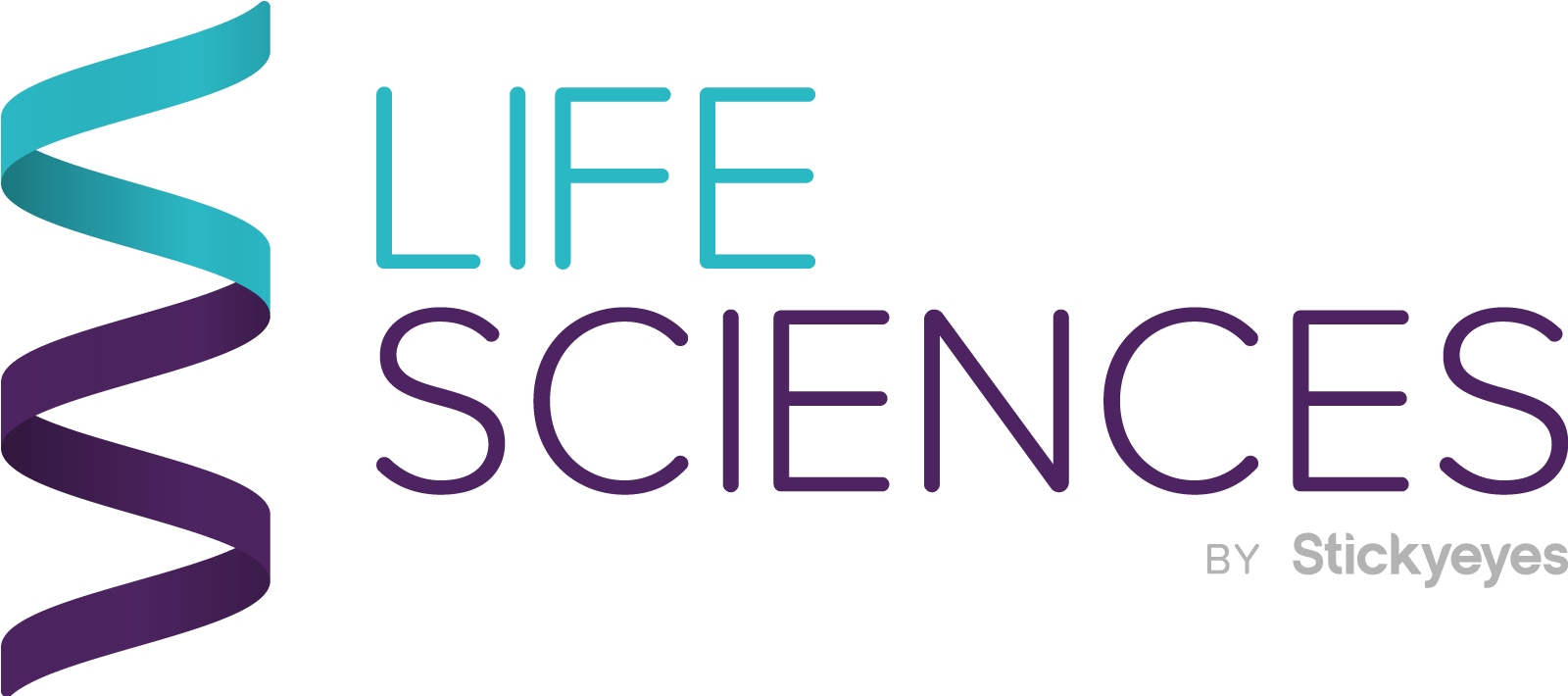
Untangling the digital ecosystem to fuel customer engagement
In this article you'll learn:
- How to map your digital channels against the customer journey
- How to identify the clearest customer pathway to take your audience down
- How to identify where channels overlap, conflict or complement each other
In today’s complex multi-channel world, it can feel that marketeers are perpetually trying to navigate the digital equivalent of spaghetti junction. We know every road goes somewhere, but the question is firstly where and, secondly, is that a place we want to go?
These are important questions and answering them means we can be confident we’re guiding individuals – whether that is HCPs or patients– through their appropriate customer journey by using the right channels at the right time, in a cost-effective way. This means that as marketeers we can be confident we’re both acquiring new prospects and funnelling them efficiently towards loyalty and eventually sales. In other words, as with so many things in life, effective integration both - online and offline - means the whole is greater than the sum of its parts.
Mapping digital channels against your customer journey
The phrase ‘digital media’ means many things to many people, ranging from programmatic advertising to viral social media campaigns to email marketing and online PR. The truth of course is that all these channels are a vital part of the marketing mix. But they all work in different ways to achieve different ends.
The trick, with any (purposeful!) journey, is to have a destination in mind and a clear map of how to get there. Whatever marketing model you use – be that Top, Middle and Bottom of Funnel (ToFu, MoFu and BoFu) or Acquire, Convince and Convert – we know that there is a customer pathway we need to guide our audience down.
As a first step to untangle our ecosystem, it makes a lot of sense to map our digital channels against that customer journey. We can start with ToFu, focussing on those channels which bring new people into the orbit of our brand or campaign and end with those channels which seal the deal, in terms of getting people to do what we want them to do. This kind of thinking would take us to a model which looks something like this:

It also makes perfect sense to map our offline channels against the same structure thereby ensuring a truly integrated approach:

Mapping channel interactions
The above approach leaves us with a list, to create a map we need to:
- Look at the interactions between these channels
- Understand which channel drives traffic to where
- Understand how the channels interact each other
This takes us to the diagram below; for clarity we’ve also divided channels across the Paid, Earned and Owned channels:

Top of the funnel: acquisition and awareness
We start with our ToFu channels – those in light green above – these are the channels we employ primarily to acquire new members of our audience. Combining first-class targeting with the correct level of reach, means we can find the right people to tell about our brand, campaign or product.
Once we’ve found them, we serve them with some content. This might be short form content in the shape of a PPC ad or a longer form editorial article from a PR campaign. In both cases we’ve succeeded in raising awareness, and in the latter, we should also have succeeded in communicating some of our key messages. The next stage is to capture that raised awareness and help each individual along the journey to conversion.
Middle of the funnel: convince
In the MoFU (purple) channels we can start to convince our newly aware audience. The exact nature of this will vary from campaign to campaign. For example, if they attend an event we have an opportunity to communicate in far more detail. Or we could get engagement via organic social, where we have a great opportunity to have a one-to-one conversation with them.
A website is another fantastic platform on which to convince a newly aware individual. This also doubles as a destination for our online channels. Once an individual is on our website, we can serve longer form content in a compelling and relevant way, which is entirely under a brand’s control.
We’re also able to segue seamlessly into the next stage of the customer journey by inviting direct engagement. This might be via a downloadable asset, an event registration, a login or even a simple user poll – anything that moves an individual from a passive consumption to active participation.
Websites are also a great platform to capture marketing consent, although for maximum effectiveness, they should (where applicable) be seamlessly integrated with HCP verification and established databases and CRM systems.
With these essential building blocks in place, the website transforms from an awareness and engagement case study to one that is powering the sales process.
Bottom of the funnel: convert
With email consent given, we can confidently move a prospect into Bottom of Funnel, opening the door to personalised communication streams with verified HCPs, meaning content can be tailored to nurture towards commercial objectives, dropping them into the sales process.
Viewing each marketing channel as part of an inter-related ecosystem allows us to adopt a channel neutral approach – using each channel to its best advantages and with a clear purpose in mind. With comprehensive analytics in place we have all the tools we need to tweak the channel mix to ensure continual alignment to commercial objectives over time.
- Interested in optimising your digital ecosystem? Drop us a line at life.sciences@stickyeyes.com - we’d love to hear from you.









